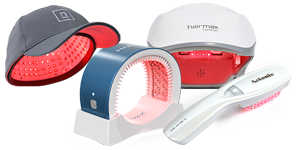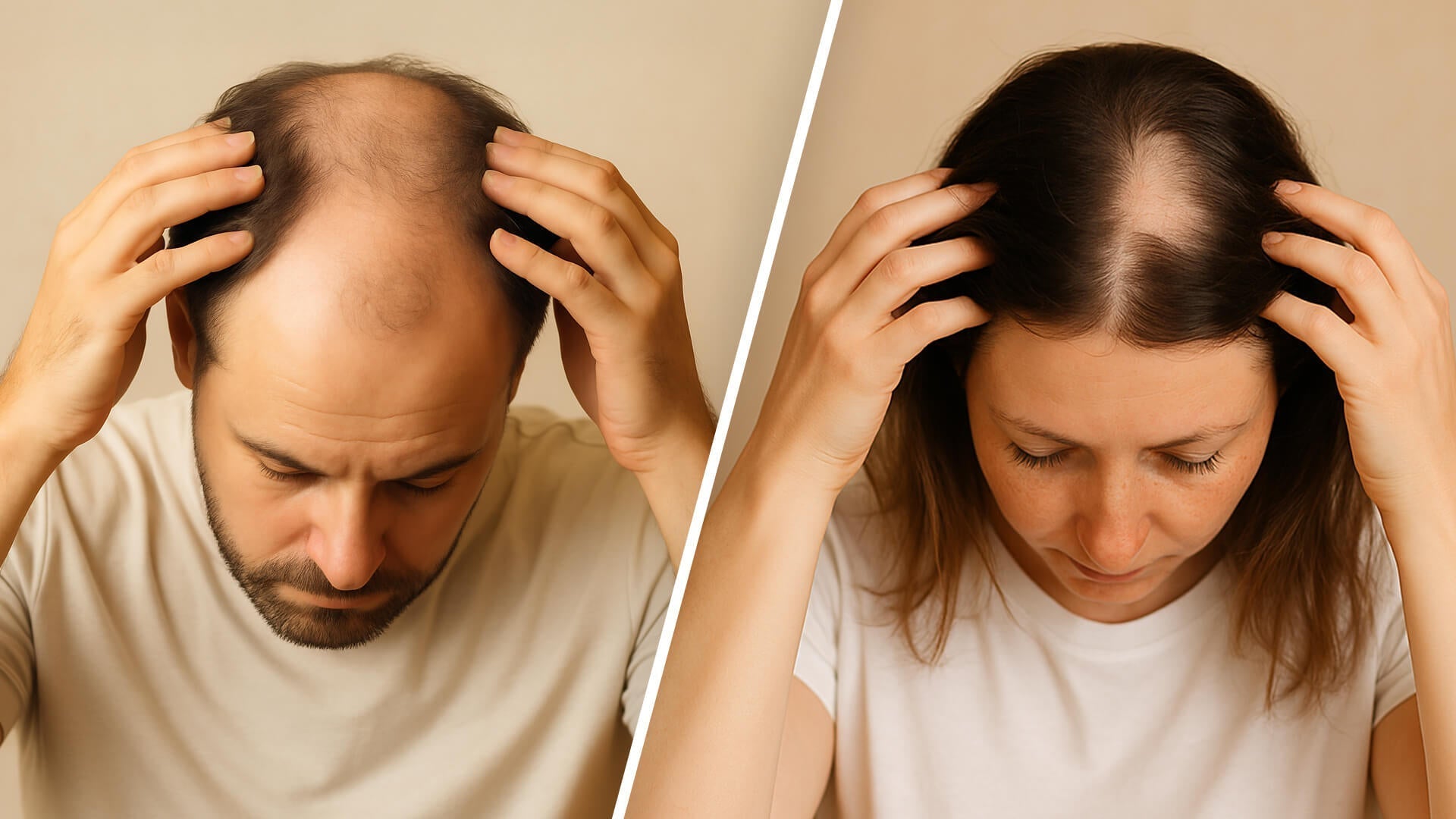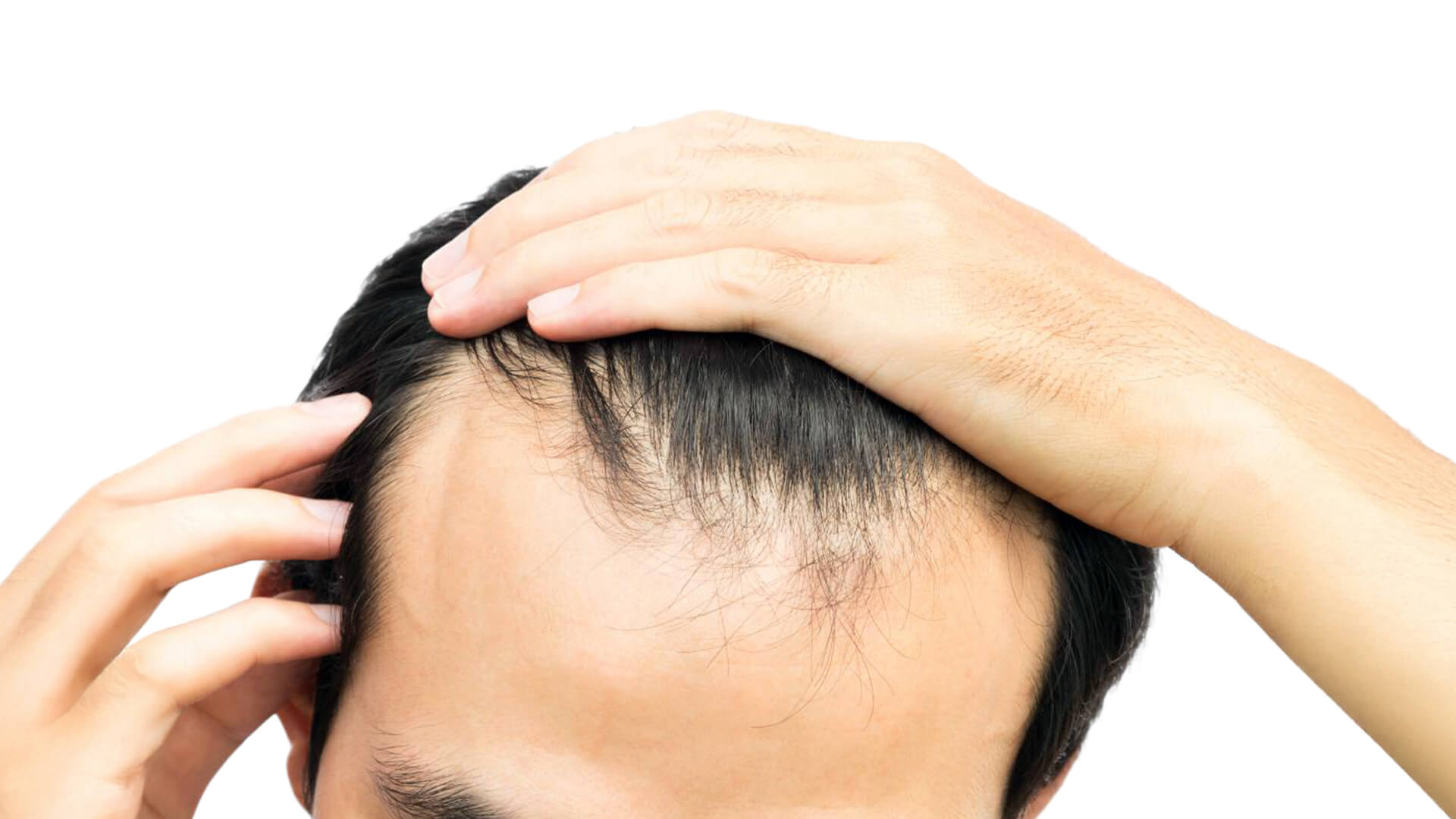By Sara Miller on April 13 2018 09:19 AM
Hair loss can be an alarming concern for many people across the globe. For men, it can be especially unnerving. Though the amount of hair on one’s head is not indicative of their value or masculinity, hair loss can definitely be a blow not just to the ego, but to the self-esteem as well. It’s worth noting that losing hair as you age is inevitable, as hormones play a large factor in such a dilemma. Thus, it comes as quite the relief to know that innovations in technology in this day and age are capable of addressing such a particular concern.
Hair Loss and Hormones
What exactly causes hair loss? According to Healthline, hair loss is caused by the shrinkage of hair follicles, which thus affects the hair’s growth cycle. Due to this, new hairs slowly become finer and finer, to the point that no hair is left at all. This thus leads to the hair follicles becoming dormant.
It’s worth noting that hair loss does not necessarily equate to going bald. Male pattern baldness (MPB) takes on a specific shape and is a genetic condition that can be caused by several factors.
Though testosterone is thought to be the main cause of hair loss, the dihydrotestosterone (DHT) hormone, in particular, plays a much bigger role in such an affliction. While hormonal changes can affect both hair growth and loss, the amount of testosterone or DHT is not what actually causes hair loss. As DHT can be found in the skin and hair follicles, it is the sensitivity of the hair follicles to DHT that causes hair loss to begin with. This amount is ultimately determined by genetics.
As Healthline explains, the androgen receptor gene is responsible for the receptors on hair follicles, which interacts with testosterone and DHT. If these receptors are distinctly sensitive, they will thus be more easily affected by DHT, consequently making hair loss a much more likely occurrence.
What Can You Do to Fight Hair Loss?
Seeing as hair loss is a natural process, fighting it may be more futile than fruitful. However, there are certain treatments that can be opted in order to address hair loss. One option is the use of medication. Minoxidil lotion can be applied to the scalp in order to fight hair loss. On the other hand, there is also Finasteride, which is a medicine consumed in tablet form. This partially blocks the effects of male hormones, thus halting subsequent hair loss in the process. Both of these come with side effects, which can range from itching and irritation (Minoxidil lotion), to headaches, weakness, decreased libido and sexual dysfunction. (Finasteride).
Alternatively, there is the use of technology in the fight against hair loss. One such contender is Hairmax, which boasts laser phototherapy devices that promote hair growth as well as hair and scalp treatments to help support scalp health.
FDA-cleared and clinically proven, Hairmax’s devices range from LaserBands, with the fastest treatment to LaserCombs designed for both targeted treatment and full scalp coverage. These devices make use of medical-grade lasers — notably not LED lights — in order to stimulate hair follicles at a cellular level. Through this, Hairmax devices can help promote hair growth, restore your hair’s natural growth cycle, reverse hair thinning, and regrow much fuller hair in the process.
Though hair loss can be daunting, it’s not all that unmanageable. With proper self-care — and some help from technological advancements — hair loss can slowly be replaced by hair regrowth in due time.











